Cats have long been associated with a sense of mystique, often admired for their graceful aloofness and perceived independence. While some cats revel in solitude, others follow their owners around with almost canine devotion. What drives these differences in independence among our feline friends? Understanding these variations requires examining factors like genetics, history, socialization, and the individual personalities of our furry companions. In this article, we’ll explore the reasons behind the varying levels of independence seen in cats, unveiling the influences that shape their behavior and interactions with humans.
Genetic Influences
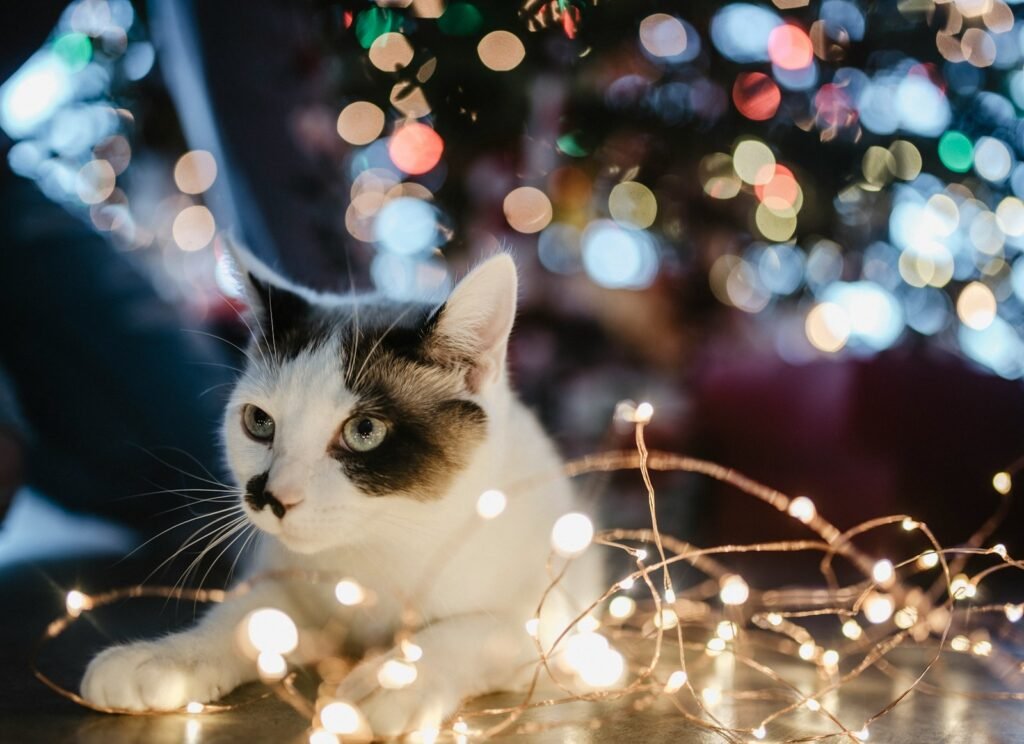
Cats, like humans, inherit several traits from their parents, and genetics undoubtedly play a pivotal role in their behavior. Different breeds display varying characteristics; for instance, Siamese cats are known for being sociable and vocal, whereas Russian Blues are often more reserved. These breed-specific traits can influence how much a cat seeks interaction or prefers solitude. The genetic baseline of a cat can set the stage for either dependence or independence.
Historical Context and Evolution
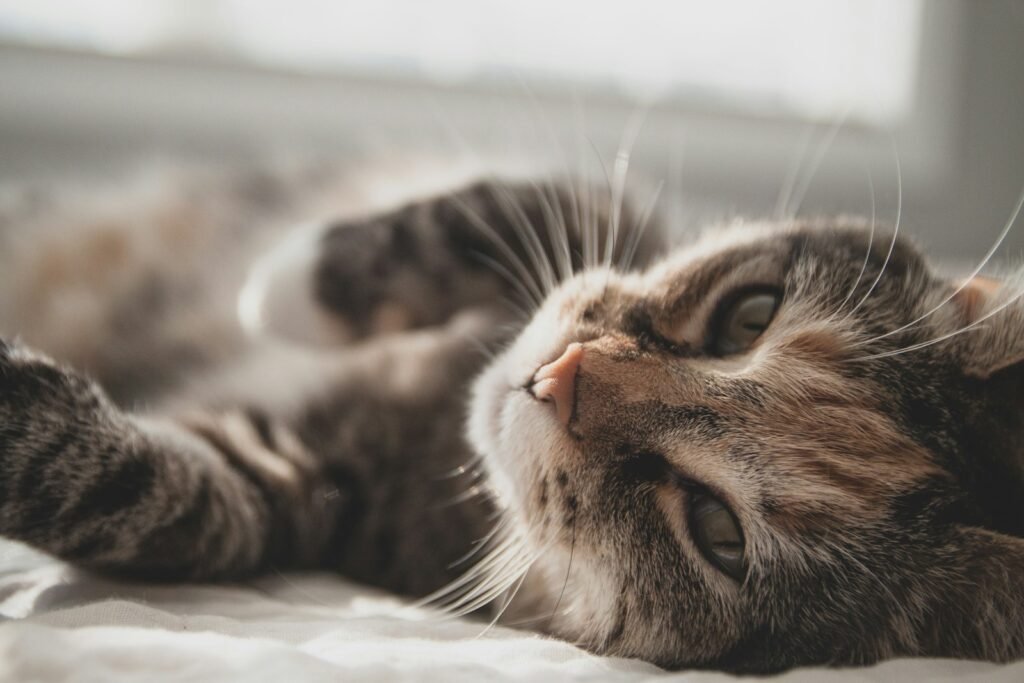
Cats were domesticated far later than dogs, roughly 9,000 years ago, primarily as a means to control rodent populations in agricultural areas. During this period, cats maintained a largely self-sufficient lifestyle, hunting and living semi-independent of humans. This evolutionary background contributes to their independent nature, as they retained many of their solitary instincts from their wildcat ancestors.
Socialization During Early Life
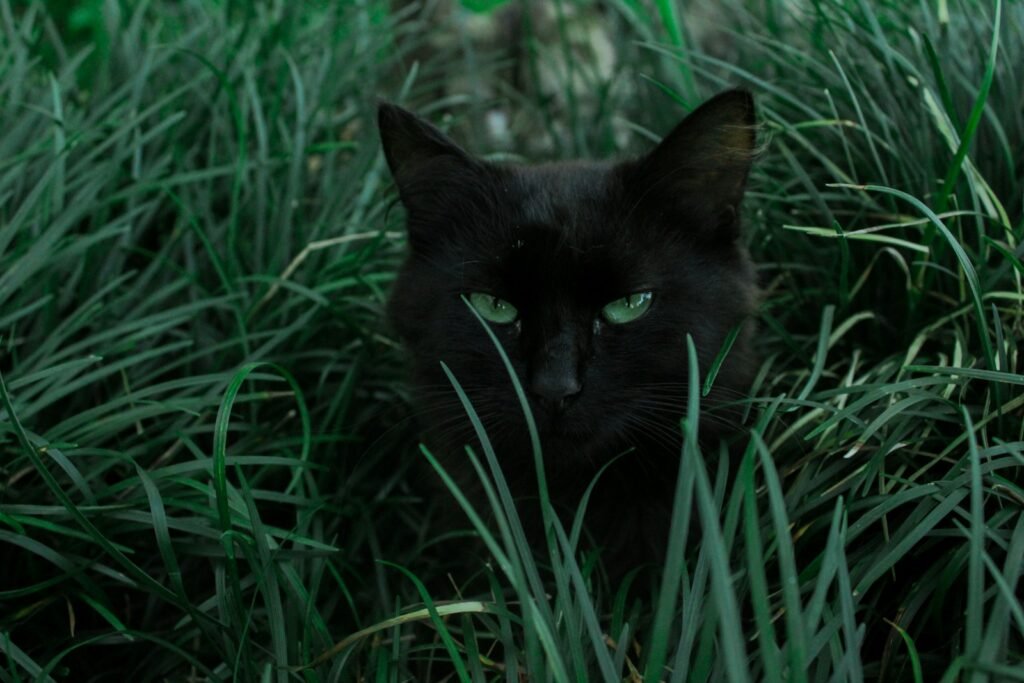
The degree and quality of social interaction a kitten experiences during its formative weeks can significantly influence its independence. Cats that are exposed to human handling, friendly encounters, and positive social experiences early on often grow up to be more comfortable around people and other animals. Conversely, those with little human interaction during this critical period may develop more solitary behaviors.
Environmental Factors
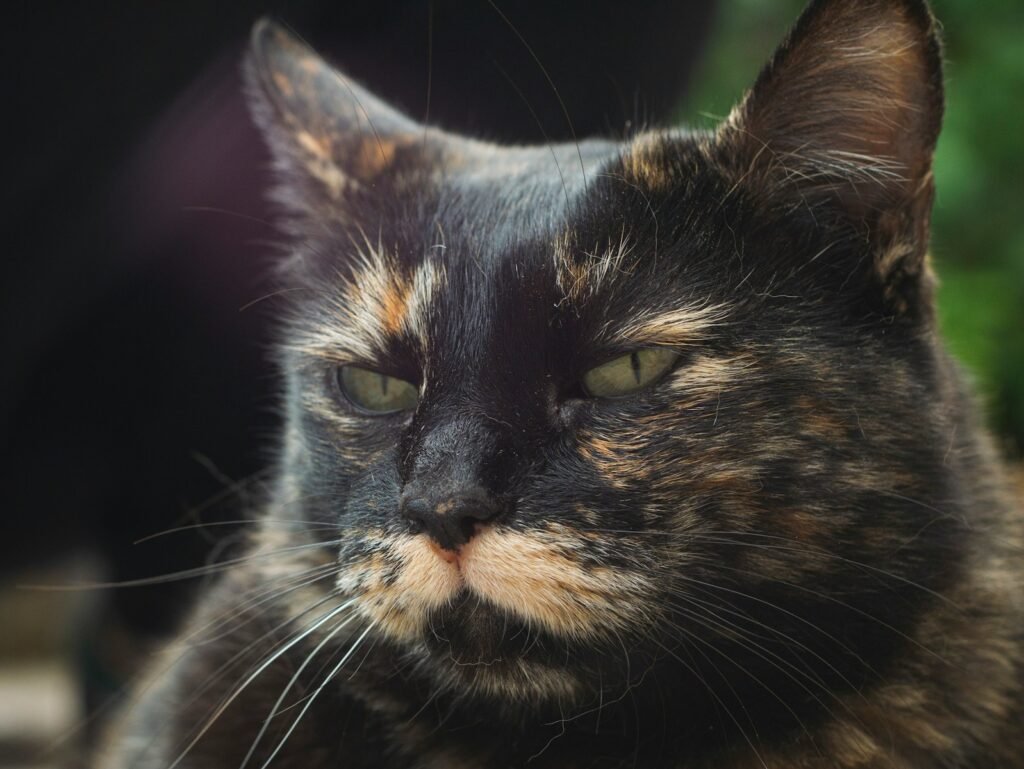
A cat’s immediate environment also affects its level of independence. A safe, enriching environment with stimulating toys, climbing structures, and ample space can encourage independent exploration. Cats in environments that lack these elements may become more attached to their owners out of boredom or due to a lack of stimuli. Additionally, cats that have consistent access to outdoor environments may display more independence due to the increased opportunities for exploration and self-reliance.
Impact of Past Experiences
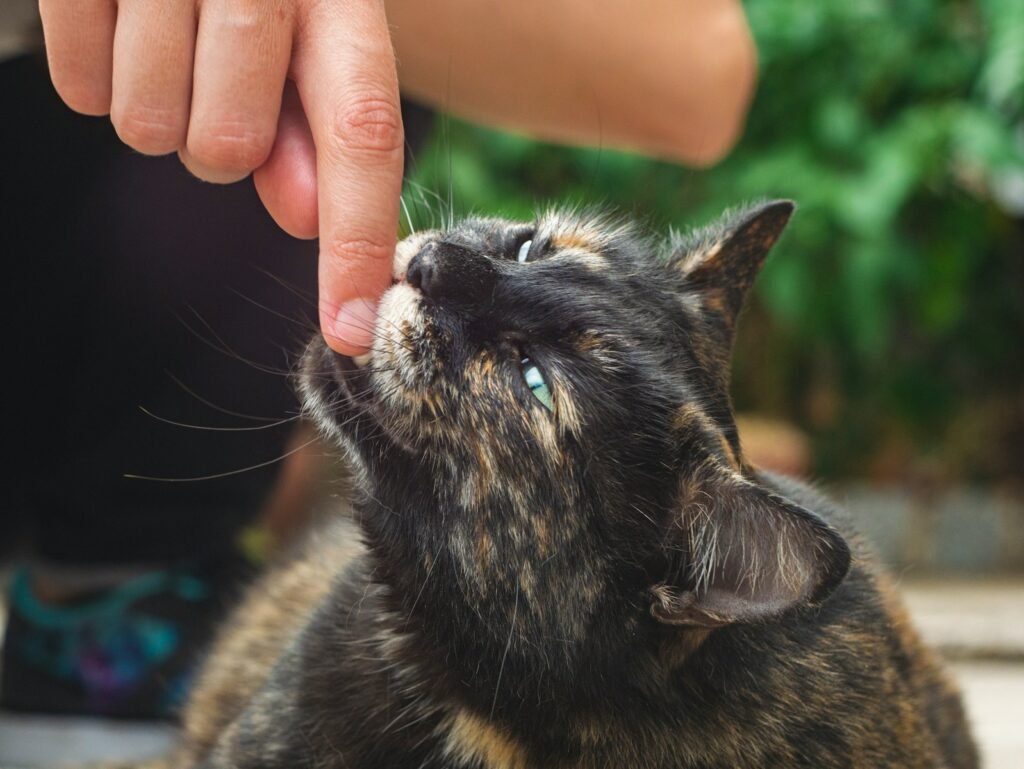
Cats, much like other animals, are significantly shaped by their past experiences. A cat that has experienced neglect, abuse, or significant disruptions such as rehoming may develop trust issues, leading to greater independence or, conversely, greater dependence as a coping mechanism. Understanding a cat’s history is crucial in interpreting its behavior accurately.
Individual Personality
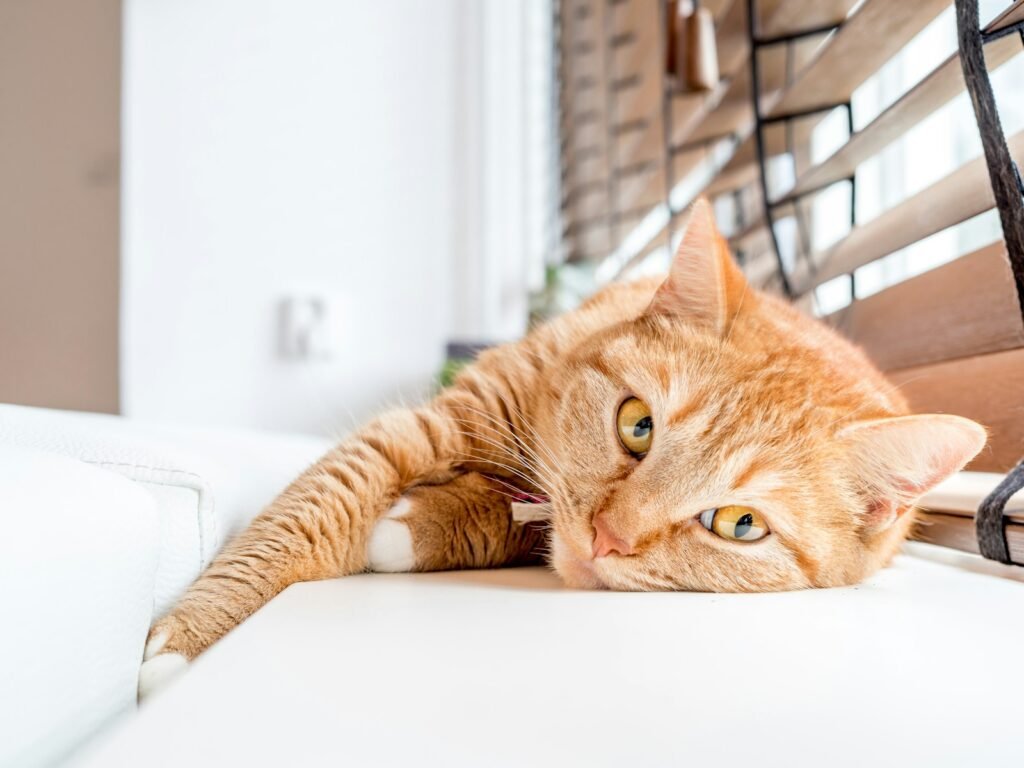
Just as humans have unique personalities, so do cats. Some felines naturally possess more independent personalities, showing less interest in constant interaction, while others may display clinginess and affection. Researchers suggest that a combination of genetics and environmental influences during a cat’s development can lead to these individual personality differences.
Health and Well-being
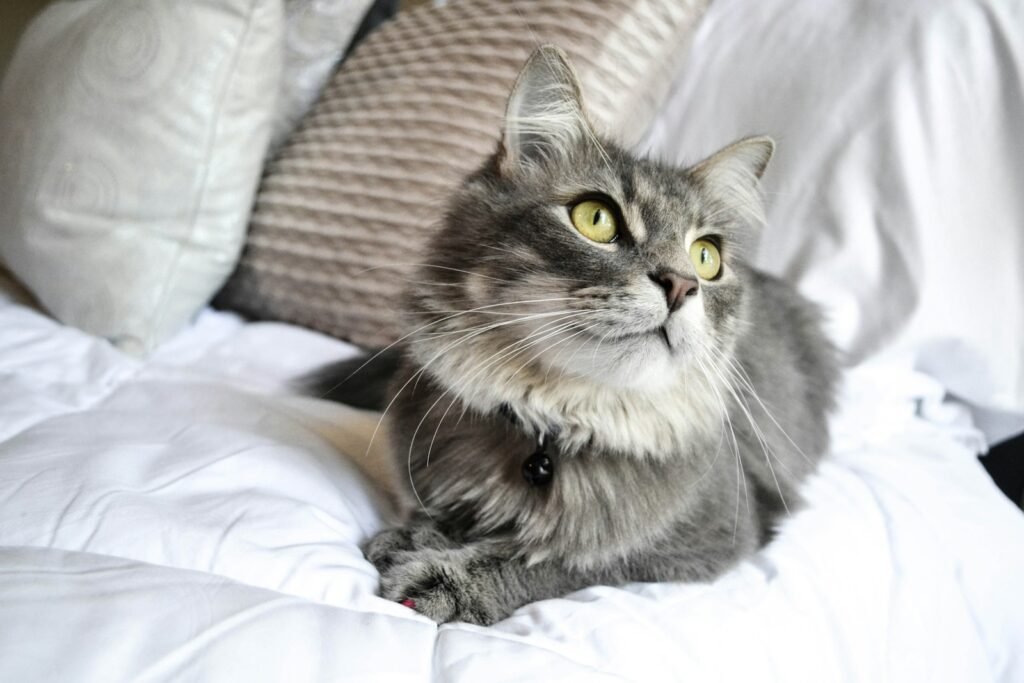
A cat’s health can also influence its levels of independence. Cats suffering from illness, pain, or discomfort may become more reclusive or, alternatively, more dependent on their human caregivers for comfort. Regular veterinary care is essential to ensure that health issues do not unduly affect a cat’s behavior.
The Role of Diet
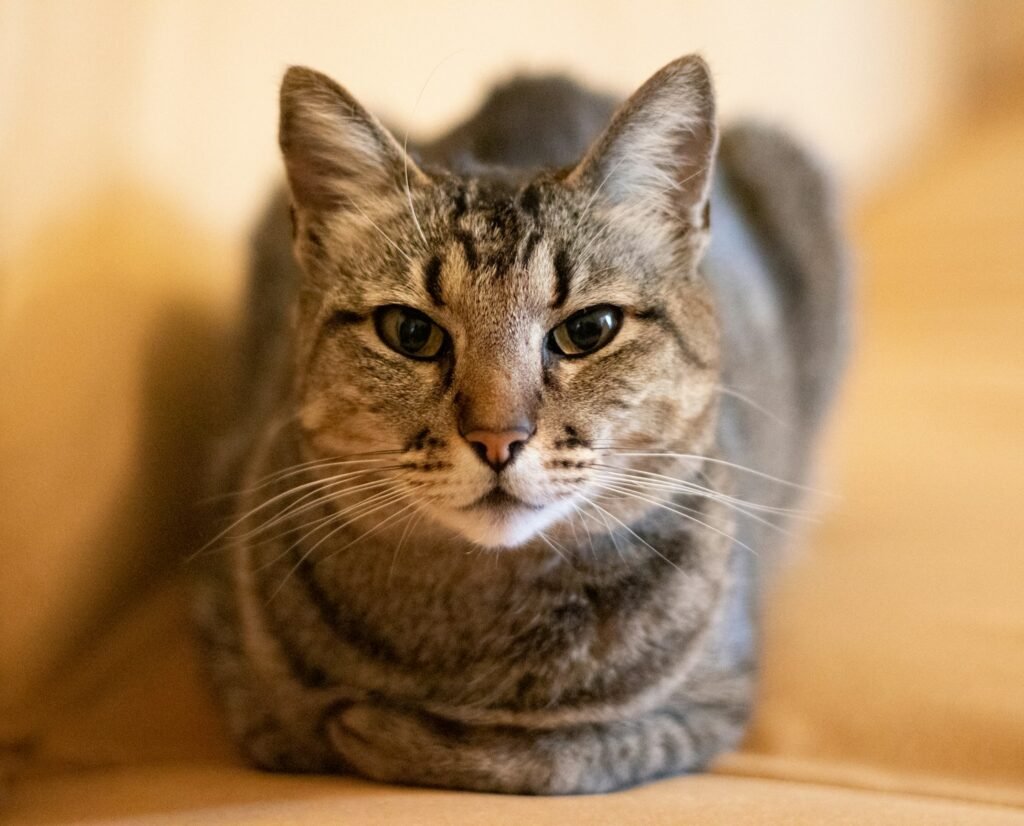
Diet and nutrition play subtler roles in feline behavior, including independence. Balanced diets that meet all nutritional needs help maintain healthy energy levels and overall well-being, allowing cats to explore and engage with their environment confidently. In contrast, poor nutrition may lead to lethargy or increased dependence on humans for food gratification.
Human-Cat Bond
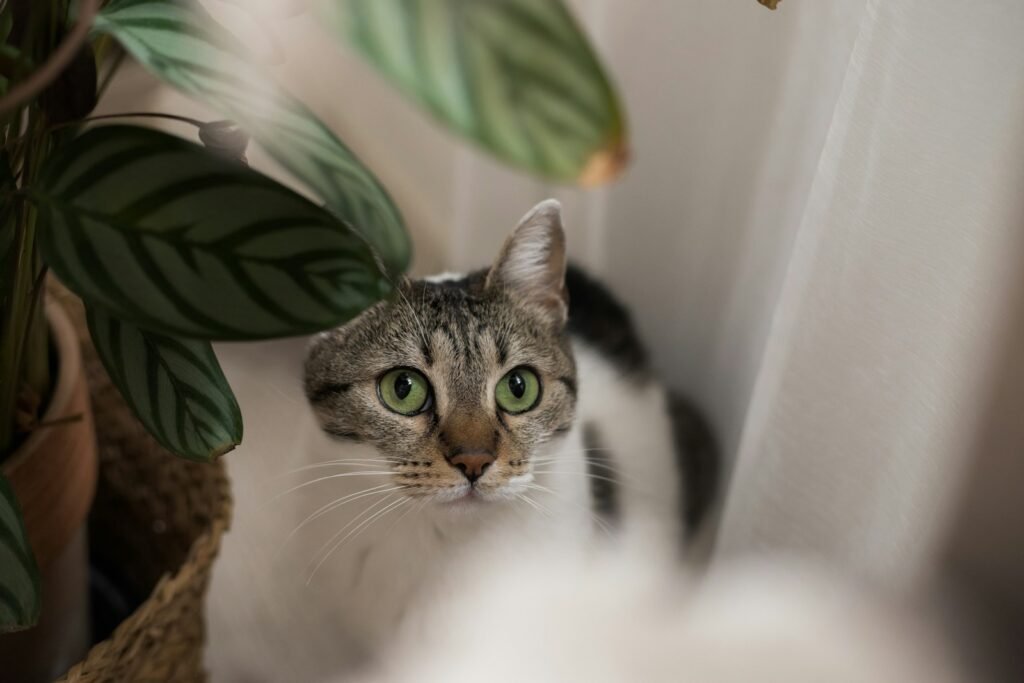
The strength of the bond between a cat and its owner can influence the cat’s behavior. Owners who invest time in understanding and accommodating their cats’ needs may find their pets more willing to both seek interaction and display independence. The quality of interaction and mutual understanding can significantly shape whether a cat is more dependent or independent.
Cultural and Societal Norms
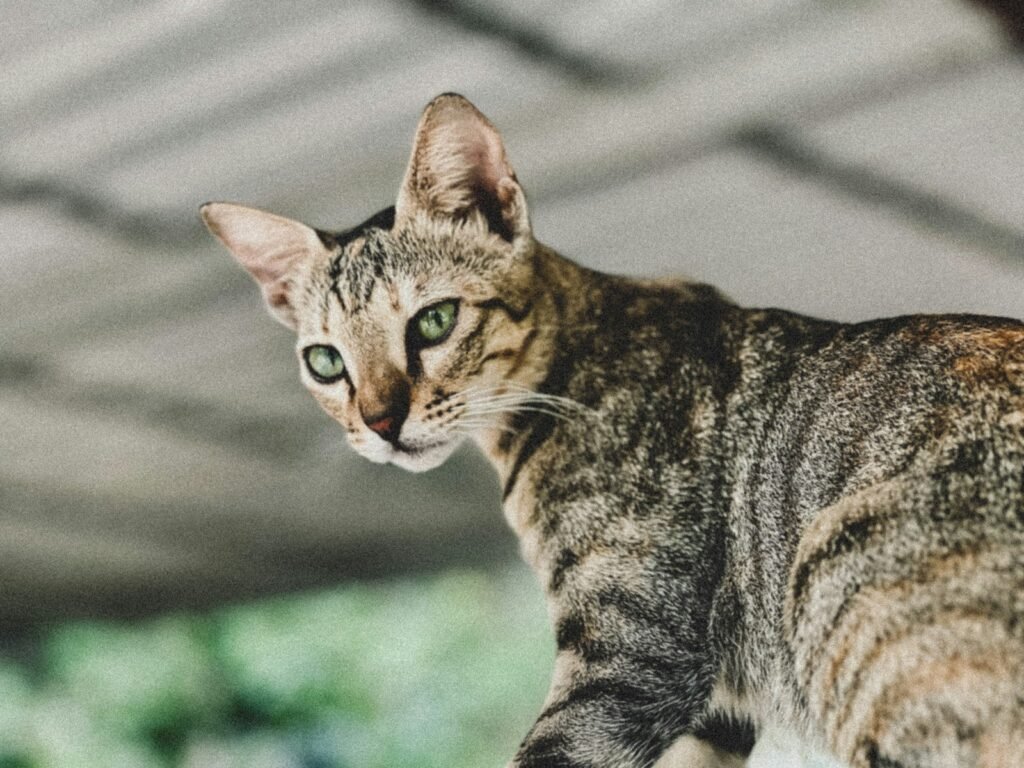
Cultural attitudes toward animals and specifically cats can influence their behavior. In societies where cats are regarded as independent companions, they may have more freedom to roam and rely less on their human hosts for interaction, contributing to their perceived independence.
Conclusion
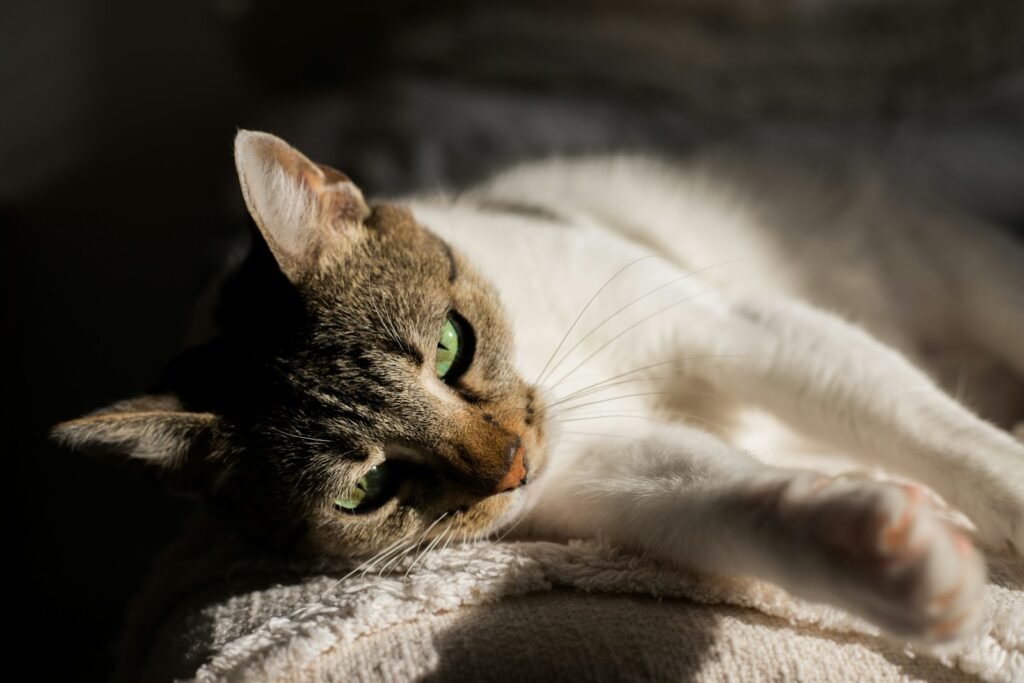
Understanding why some cats are more independent than others is a complex puzzle that combines genetics, environmental influences, early socialization, and individual experiences. Recognizing the factors that contribute to a cat’s behavior not only enhances our appreciation of these enigmatic creatures but also guides us in providing an environment that meets their unique needs. As cat owners, the key lies in observing, understanding, and respecting the nature of our feline friends, offering them the balance of independence and companionship they instinctively crave.
Hi, I’m Bola, a passionate writer and creative strategist with a knack for crafting compelling content that educates, inspires, and connects. Over the years, I’ve honed my skills across various writing fields, including content creation, copywriting, online course development, and video scriptwriting.
When I’m not at my desk, you’ll find me exploring new ideas, reading books, or brainstorming creative ways to solve challenges. I believe that words have the power to transform, and I’m here to help you leverage that power for success.
Thanks for stopping by, Keep coming to this website to checkout new articles form me. You’d always love it!






